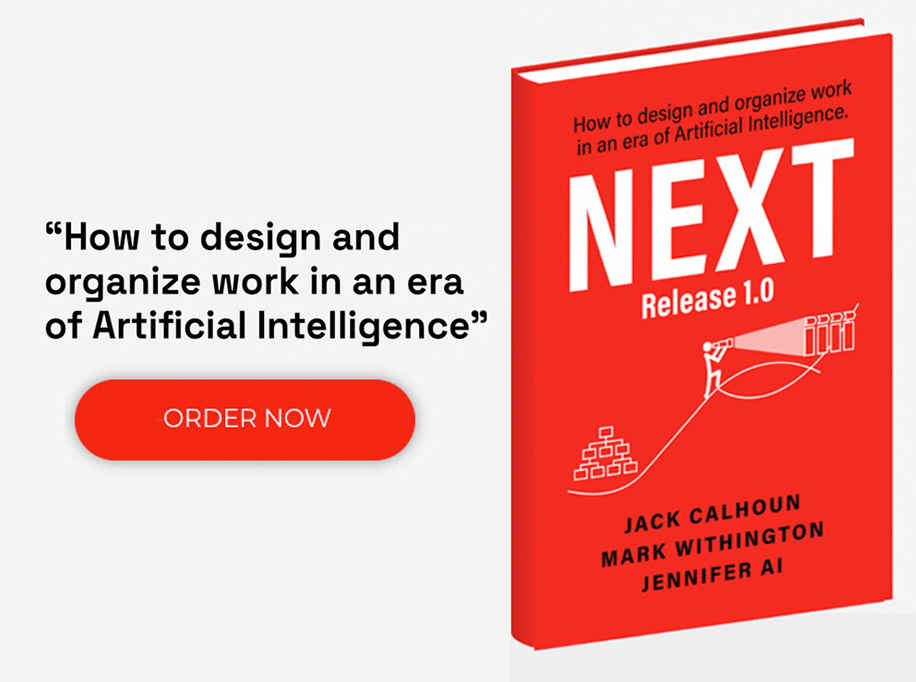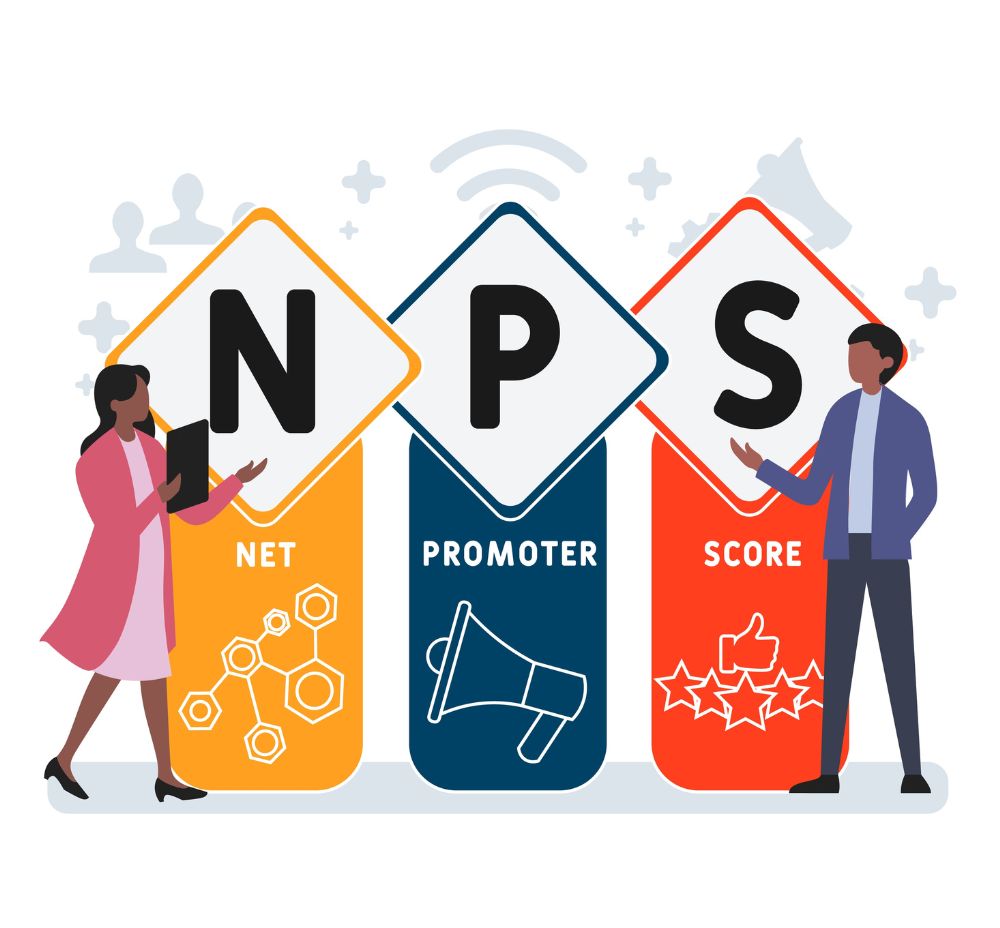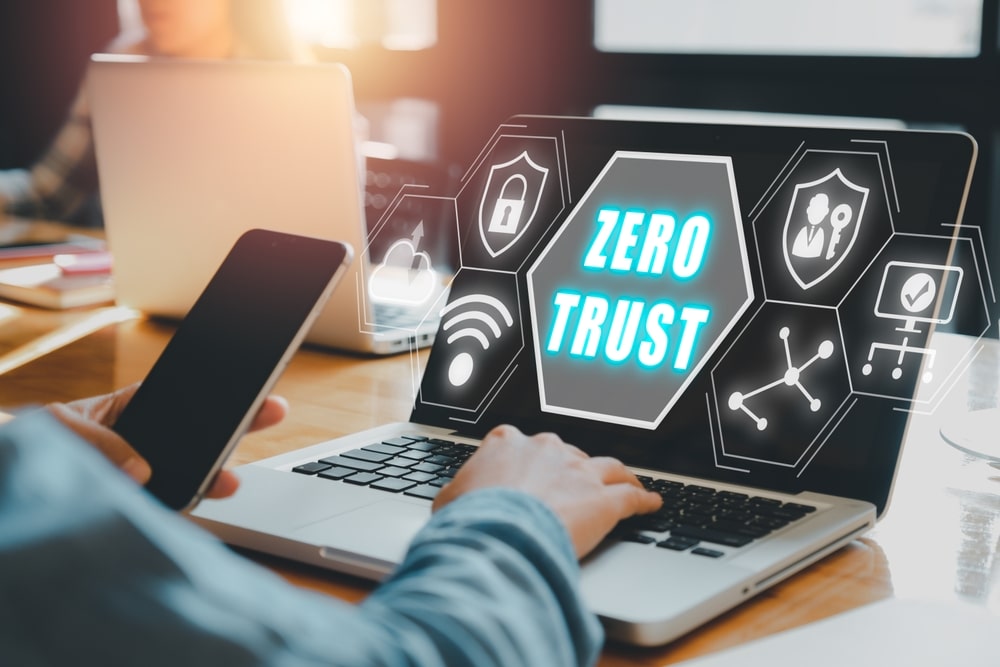Questions about our own learning and development run through our minds daily. They surface in team meetings, individual one on ones, and during every organizational change. Delivering effective training and development to employees is a critical component for retention. And, as research points out, retaining and developing top talent is a far better investment compared against the sky-high costs of turnover.
Organizations need to ensure that employees are properly equipped to do their jobs and to build bench strength, but effective training and development strategies are so much more than checking those boxes. When given the right focus, effort, and delivery, a company’s overall learning and development package and its impact for employees is a key differentiator in retaining premier talent, attracting new talent, and being a strong, competitive force in the market. But often—intentionally or unintentionally— companies de-prioritize resources and funding, underestimate the time investment, and fall short on effectively delivering on the full potential of this employee promise.
Stick with me for the next few minutes while we discover three primary challenges companies face and identify ways to overcome them to effectively deliver this game-changing value.
Check out our ebook “How to Do Strategic Learning and Development” to learn how to deploy and justify investment in a company-wide L&D capability and attract top talent.
What is Training vs Learning and Development?
Let’s level set. There is actually a challenge that we need to address before we continue, and that is the frequent misunderstanding of the terms “training” and “learning”. Many times, these words are combined interchangeably with the word “development” to describe the umbrella of tools and processes that an organization uses to impart knowledge and skills to empower its people.
The key difference is that training is an activity aimed at increasing a competency through specific means, whereas learning is a continuous process aimed at increasing skills and overall knowledge regardless of the source. So, who wins the battle of training vs learning? The answer really is neither, they need to work together! Training is a type of learning and often a critical part of an organization’s learning and development package, but keep in mind that they are not always interchangeable. Of course, the organization needs to train its employees, but as new challenges arise and needs change over time, training may not always be the best solution to drive collective employee or organizational learning.
What are the Challenges of Learning, Training and Development?
1. Learning and Development in the Workplace is De-prioritized.
Business priorities continually shift, and tough decisions need to be made. Despite the most compelling business case, you might not get approval for that learning management system (LMS). However, because learning and development are critical to the sustainability and performance of an organization, leaders must stay the course on messaging and demonstrating their importance, while offering ways to keep the promise alive.
How to Overcome this Challenge:
1. Messaging:
It is critical for employees to regularly hear consistent messages on the importance and value placed on training, learning, and development, starting with the most senior level. Key components include:
- Why learning and development is important to the organization, tying it to the company’s mission and strategy.
- How the organization is supporting that value such as accessible options like online training resources, instructor-led activities, workshops, certifications, and mentorship programs.
- What successful learning and development looks like among your employees? Highlight success stories from team member learning achievements, and positive improvements demonstrated through internal research (e.g., surveys, assessments) and organizational case studies.
2. Personal Accountability:
Certainly, there are training requirements for compliance and job competency. But learning and professional development is as much in the hands and interests of the employee to take it on, as it is leadership to offer the opportunity, especially if the budget for training is limited. Develop an environment where each person is encouraged and expected to take ownership over their own learning paths.
- Take inventory of skills, current & projected knowledge gaps, and professional development desires. Work together to ideate and craft followable and outcomes-focused learning plans.
- Solicit interest within the organization for Training Champions who will develop a grass-roots training culture.
- Tap into Subject Matter Experts to facilitate social learning, like Lunch and Learn sessions on specific topics of interest or need.
Employees actively learning are more fulfilled and are consistently presented with opportunities to take advantage of. There are so many benefits to this mindset, as John Coleman underscores in his Harvard Business Review article, “Lifelong Learning Is Good for Your Health, Your Wallet, and Your Social Life”. Build a culture committed to lifelong learning and your employee motivation and retention will improve!
3. The Business Case:
Continue to develop and polish a compelling business case to support your training and development needs. One of the biggest obstacles to establishing a robust learning and development program is how to demonstrate its value and justify cost. For example, to further support and gain approval to purchase an LMS, clearly articulate the expected benefits and a calculated return on investment (ROI) considering things like:
- Virtual vs. in-person training (cost, scheduling)
- Training catalogue (additional packaged courses)
- Searchability and organization improvements
- Content development (templates, gamification)
- Storage (on-premise vs. cloud)
2. Learning and Development Requires a Significant Time Investment.
Similar to resource and funding challenges from the de-prioritization of L&D, allocating the time needed to complete training is another primary issue. We may start with great intentions to fit it in between everything else we have to do, or pencil in a block of time next week or month, but inevitably, something pops up as a higher priority and the training slides to the bottom of our to-do list.
How to Overcome this Challenge:
Establish and commit to a working agreement for the team’s learning and development. A working agreement emerges from team discussion regarding learning and development needs / desires. The team and team leader agree on objectives specific to learning and development and how those objectives can be achieved. The agreement is reviewed regularly to track progress, address issues, and adjust as necessary. Be sure to build around these three ‘E’s’:
1. Equip:
Discuss and set clear expectations for learning and development across your team and organization that takes into consideration:
- What’s required, where to get it, and by when
- What’s desired, what’s available, and how to apply or enroll
- Estimate the time commitment
2. Empower:
Allow individuals latitude to make decisions on their own professional development and build time for learning into their workload. For Agile practitioners, factor time for training into individual capacity. For example, in the Agile practice, the team meets regularly to assess and accept work according to business priorities and team member capacity (bandwidth). Ensure priority is placed on learning and development by allocating a portion of team member capacity on those activities.
3. Encourage:
Continue to highlight the importance training, learning, and development as a standing agenda item in meetings and reinforce its strategic importance. Monitor progress, address barriers, and recognize achievements!
3. Delivery of Learning and Development Programs can be Ineffective.
Traditional in-person Instructor-led training is not always best nor feasible in our rapidly increasing remote-work and mobile environment. According to Forbes, over 25% of Americans will be working remotely in 2021, compared to only 7% in 2018. In a recent article published by The Insights Group Ltd., research has also shown 80% of workers globally do not work at a desk. Therefore, we need more flexible ways to connect, learn, and grow, while paying attention to individual learning preferences and needs. There is not a one-size-fits all solution. Creative and innovative approaches can be a refreshing, more effective, and more equitable alternative to traditional methods.
How to Overcome this Challenge:
Based on the type of training required or desired, think about ways to deliver training to reach employees across diverse environments and learning styles. Here are a smattering of cool tools and ideas to consider:
Live Training
- Online Tools: Products for video conferencing (e.g., Zoom, Microsoft Teams) and virtual event platforms (e.g., vFairs) have opened up ways to deliver live (and recorded) training and education that was previously constrained to in-person, instructor-led activity. People can now be reached and stay connected anywhere any time without complicating travel logistics and health risks. In these cases, all that is needed is a stable internet connection!
Collaborative Activities
- Scavenger Hunts: Tap into your right-side brainpower to create clues for the team to uncover hidden answers. This is a fun and engaging way to navigate and learn about changes; new apps, resources, processes, products, people – anything!
- Training Cohort: Group people to work together on a common task to encourage peer to peer accountability, support, and shared experience.
- Training Scrums: Bring the team members together in a regular cadence to share progress and identify obstacles with training OKRs (Objectives and Key Results) or learning and development KPIs (Key Performance Indicators). Ask these three simple, yet informative questions:
- What have you completed since the last scrum?
- What are you working on?
- What type of assistance do you need – if any?
Invest in On-Demand Learning
- Learning Management System (LMS): These resource banks offer a catalog of courses, available on demand, and with secured access.
- Video tutorial/presentation software (e.g., Camtasia): Easy to use software to record, edit, and produce short, bite-sized videos that may include demonstration, narration, and a transcript.
- Simulation: Provides an experiential environment where learners can explore independently and/or follow guided instructions for training and development.
To overcome these learning, training and development challenges, you have to create and incorporate an effective learning and development strategy. Key components include:
- Consistent communication and demonstration of its importance
- Establishing a working agreement to dedicate employee time to learning
- Finding creative and effective ways to deliver training across diverse environments and learning styles
Integrating these actions into an organization’s learning and development strategy will demonstrate its value and deliver on its promise, serving to retain and attract premier talent while being a strong, competitive force in the market!
Resource: Check out Accelare’s newest eBook, “How to Do Strategic Learning and Development” for great insights and tips on how to address and overcome the learning and development challenges across your organization.











